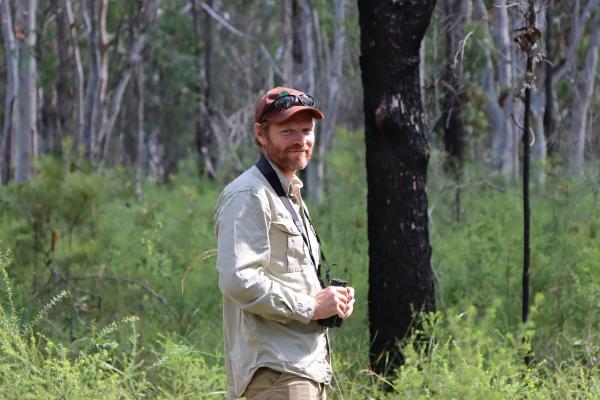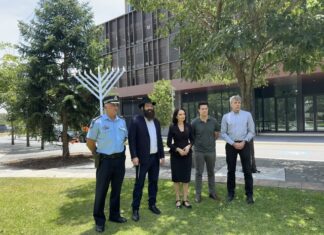
The Noosa Biosphere Reserve Foundation (NBRF) has partnered with Bushland Conservation Management on new research in an effort to identify Glossy Black-Cockatoo nesting sites in the Noosa Shire.
The project will use bioacoustics monitoring to record and analyse calls of the bird across the region.
Kim Morris says while bioacoustics technology has been around for a while, this research will use specific recogniser software developed by Dr Daniella Teixeira to identify calls of the Glossy Black-Cockatoo.
“The sound recogniser software was successfully used on Kangaroo Island. Being able to use Dr Teixeira’s software here in Noosa will ensure the accuracy of this data. It would be near impossible to do this manually,” Ms Morris said.
NBRF director Jady Smith said the innovative research was critical to conserving the Glossy Black-Cockatoo.
“The Noosa Biosphere Reserve is considered a significant habitat with up to one-third of the entire known population located in the region. Unfortunately, there is limited data available about their nesting sites and this project will provide some of the data we need for better management,” he said.
The Glossy Black-Cockatoo (GBC) is listed as vulnerable in Queensland and faces ongoing pressures of land clearing, bushfire, and habitat fragmentation.
The research comes after the NBRF hosted the GBC Forum in November last year where current knowledge and management gaps were discussed.
Ms Morris said the forum was instrumental in developing the research project.
“I’ve been doing wildlife nesting boxes for years now which led me down the path to Glossy Black-Cockatoos which have very specific needs. The GBC Forum was great to be among other stakeholders and hear their experiences, what is going on and understanding threats specific to our region,” Ms Morris said.
“There are currently no known recorded nesting sites in the region. Thanks to citizen science observations by passionate community members, we do know Glossies are breeding.
“Once we can identify the nesting sites we can really work on revegetation with feed trees and target further nesting box installation to critical zones.
“This project will supply real data that hasn’t been achieved before in this region. To have the NBRF fully supporting the project is really exciting.
Monitoring will take place during the breeding season between January to June 2022.
The NBRF aims for the data gained from the research to inform future conservation management decisions for local Glossy Black-Cockatoo populations. For more information, visit noosabiosphere.org.au





